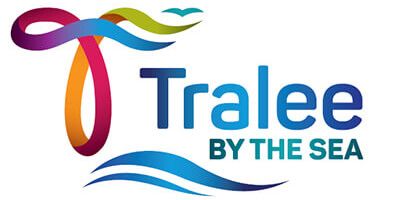A well restored wetland can provide many of the services performed by the original natural wetland. Here are seven ways restored wetlands can benefit us directly:
- Revive Biodiversity
40% of the world’s species live or breed in wetlands. Restoring wetlands powers the local food chain and attracts wildlife.
- Replenish and Filter Water Supply
Wetlands naturally filter water, remove pollutants, and boost the local water supply.
- Store Carbon
Specific types of wetlands, especially peatlands, mangroves, intertidal marshes and seagrass beds are exceptionally efficient carbon sinks.
- Blunt the Impact of Floods and Storms
Restored wetlands can act as sponges against excess rainfall and flooding, buffer coastal storm surges, and can shield communities in extreme weather.
- Improve Livelihoods
Wetlands create livelihoods in fishing and aquaculture and provide goods like reeds and grasses. These opportunities often benefit indigenous populations.
- Boost Eco-Tourism
A restored wetland can be a sustainable magnet for visitors; a natural attraction that draws tourists along with opportunities to serve them.
- Enhance Well-Being
Revitalized wetlands provide a place to relax, experience nature – and enjoy sense of satisfaction at their resurgence.













